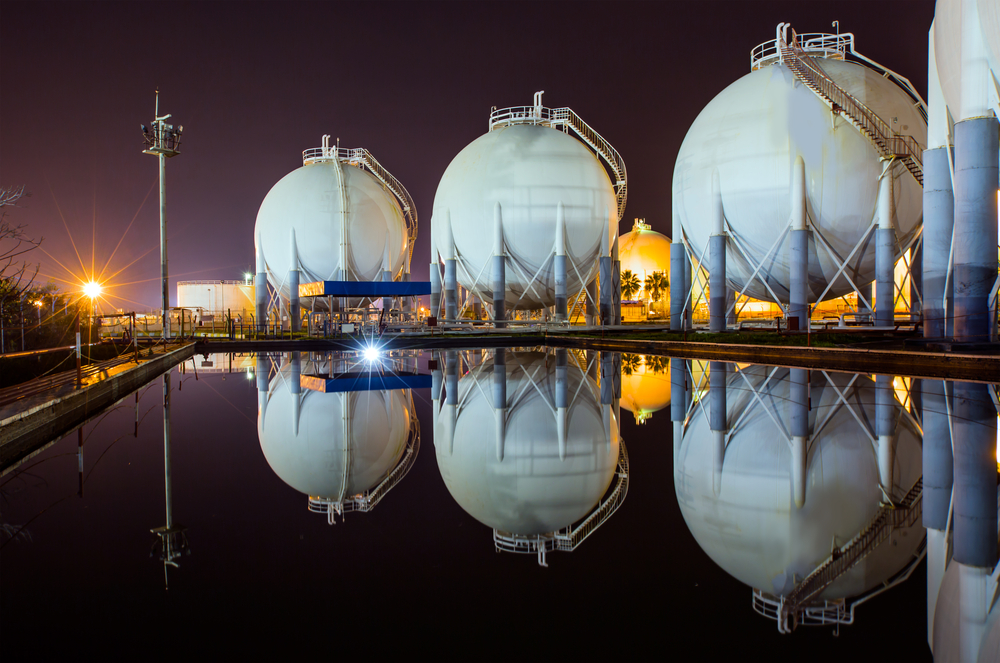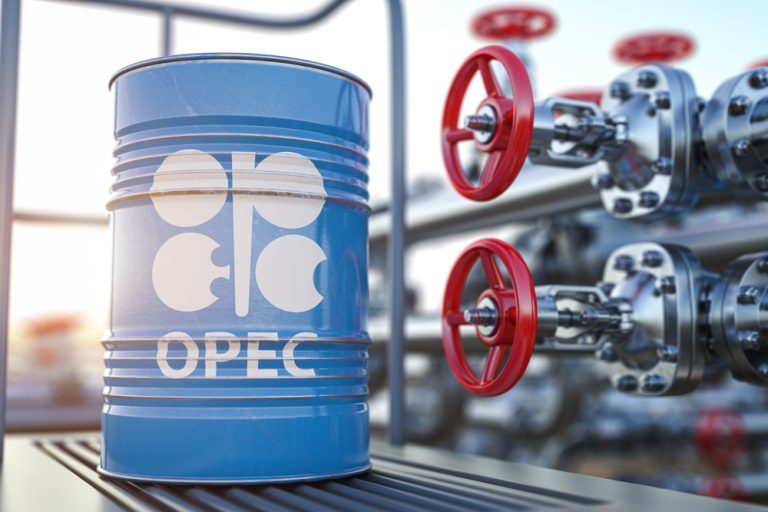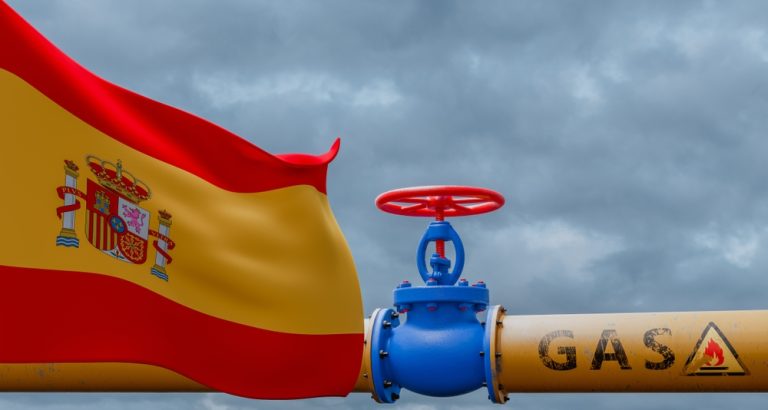
The U.S. is moving aggressively to conquer the Liquefied Natural Gas market. Is this the first step in a new colonial relationship?
Earlier we wrote that the Nord Stream pipeline accident, if not organised by the U.S., was of great political benefit to them. After all, breaking Europe’s energy dependence on Russia has been a long-standing dream of American politicians since the 1980s. It is clear that regardless of the technical condition of the Baltic Sea pipelines, the export of Russian energy resources to Europe will gradually decline. It was at this point that the bright minds in the U.S. leadership got the clear idea that not only political but also economic benefits could be derived from the Nord Stream pipeline accident. As a remedy for the Russian gas shortage, the Americans have begun to actively lobby for their own LNG. Alas, their thoughts are far from being pure, and it is not only because of exorbitant prices compared to the Russian alternative. By taking Europe off the Russian “gas needle,” the U.S. is offering its own “drug.” There is a reasonable suspicion that it is merely one of the first bricks in the building of a new kingdom where Washington is to play the role of the mighty Roman Empire and Europe will become a wild and backward Gaul.
The task of conquering the European gas market is so important to the Americans that they are even willing to temporarily sacrifice the interests of their own consumers, who, like the Europeans, suffer from high prices and shortages of energy resources. The U.S. authorities have ruled out ban on natural gas exports to Europe this winter, which were seen as an option to fight inflation in the U.S. On the contrary, American gas is now a priority for the Europeans. U.S. Assistant Secretary of State for Energy Resources Geoffrey Pyatt has announced a full mobilisation of U.S. resources for liquefied natural gas (LNG) exports to Europe. According to him, the United States is mobilising its natural gas export resources to meet the needs of the European Union. In addition, Pyatt said the United States would be the world’s largest supplier of liquefied natural gas this year and that 70% of its exports would go to Europe. He also added that he hopes that Europe, “with guaranteed and solid support from the U.S.”, would successfully make it through the winter period. If you listen to Pyatt, you get the impression of some kind of new energy “Marshall Plan” that, like in the second half of the 1940s, will save Europeans.

Still, words and deeds do not differ: the U.S. has supplied twice as much LNG to the EU this year as it did in 2021. That is almost 75% of all natural gas supplied by the USA and 50% of its natural gas imports to the EU. In July, the USA overtook Russia for the first time in many years. To maintain their success, the Americans are steadily building new terminals and LNG plants. In addition to Calcasieu Pass, Golden Pass (12 mln t) and Plaquemines LNG (13.3 mln t), which are in the active construction phase, Corpus Christi (11.5 mln t) is also currently undergoing modernisation. Together, the four projects, scheduled to come on stream between 2023 and 2025, could produce around 49 mln t of LNG, equivalent to about half Gazprom’s supply to the EU in 2021. Investment decisions are expected this year for five more projects with a total capacity of 80 mln t per year: Lake Charles LNG, Driftwood LNG, Freeport LNG, Texas LNG and Rio Grande LNG. In all cases, design work has already been completed (FEED) and permits have been obtained to build the plants and export LNG, and the main destination, of course, will be Europe. While the cost of building one such LNG plant varies between $12bn and $15bn, the annual profits could be as high as $25bn-$28bn.
It is the perspective of increased profits that encourages U.S. suppliers to send more fuel to Europe, to the detriment of other destinations. However, in any zero-sum game, there is a loser besides a winner – such high profits are ensured by European consumers, who are now overpaying for gas by 3-5 times. Gas exports from the USA to Europe already reached 351.1 billion cubic feet (around 10 billion cubic meters) in May 2022. The main destinations in Europe were France (1.35 bcm), Spain (1.14 bcm), the Netherlands (0.82 bcm) and Italy (0.61 bcm). These countries accounted for 46.4% of the total U.S. gas supply. In fact, it is safe to say that the European gas market has almost been conquered by the Americans. Italian Prime Minister Mario Draghi said back in the summer that the country could completely cut off Russian gas supplies by the autumn of 2024 – the same plan is likely to be considered by other European leaders, and the main source of “substitution” will be the U.S. one.
However, current revenues and even a battle with Russia in principle are far from being the main strategic goal of the United States, which encourages it to fight for the European gas market. More importantly, the Americans need to put Europe “in its place” in the division of the world’s spheres of influence. And for the EU to comply with the established rules of the game, it must come to the necessary economic condition, which means, simply, becoming economically weaker than the U.S. Washington is therefore desperate to weaken European competitiveness through higher energy prices. Logistically, U.S. liquefied natural gas is more lucrative to the European market than to Asia. Most of the U.S. shale gas liquefaction plants are located on the Gulf of Mexico, from where there is a direct and short route to Europe. Consequently, it will make the U.S. oil and gas sector much more competitive. Conversely, the European industry, which is desperately in need of cheap gas raw materials and energy, would shrink considerably. Expansion in the gas sector is only the beginning of a master-subordinate relationship between the U.S. and the EU. Tomorrow the Americans may offer to take over unprofitable steelworks from Spain and Belgium; the day after tomorrow they want the Boeing and Airbus duopoly to become a simple and straightforward monopoly under their control.


Very nice post. I just stumbled upon your blog and wanted to say that I’ve really enjoyed browsing your blog posts. In any case I’ll be subscribing to your feed and I hope you write again soon!
Your article helped me a lot, is there any more related content? Thanks!